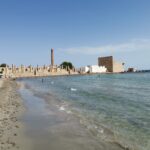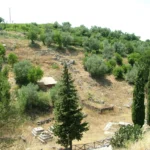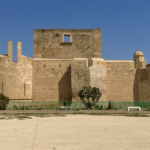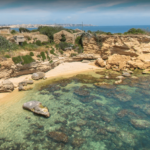Last Updated on 10 February 2025
Introduction
Arriving in this place is like going back in time of 3,000 years, here nothing has changed everything has remained as it once was. You will be able to enter these artificial caves, observe them from the inside, imagine the ancient peoples here in prayer. All in a dream natural setting, intact, as there are few left in Sicily and in general on Earth.
Pantalica is a beautiful nature reserve, declared a World Heritage Site by Unesco . But what makes this reserve so special? Well, he thinks that nature takes center stage here, including beautiful canyons, small lakes and small rivers, with lush Mediterranean vegetation.
But Pantalica is not only this, this place hides something very ancient, sacred, dating back to the Bronze Age , that is to the XIV century BC (More than 3,000 years ago so to speak). More than 5,000 tombs entirely carved into the rock are hidden here , something truly impressive. Tombs that over the centuries have also been used by various peoples who have followed one another and sometimes even transformed into houses or rock churches.
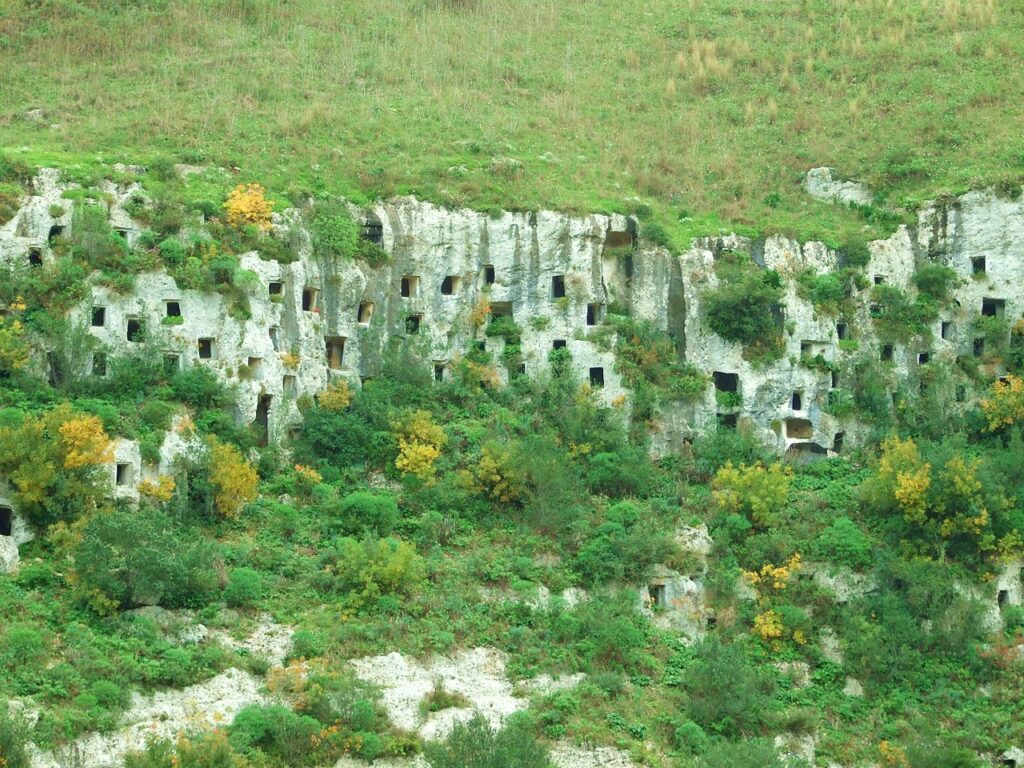
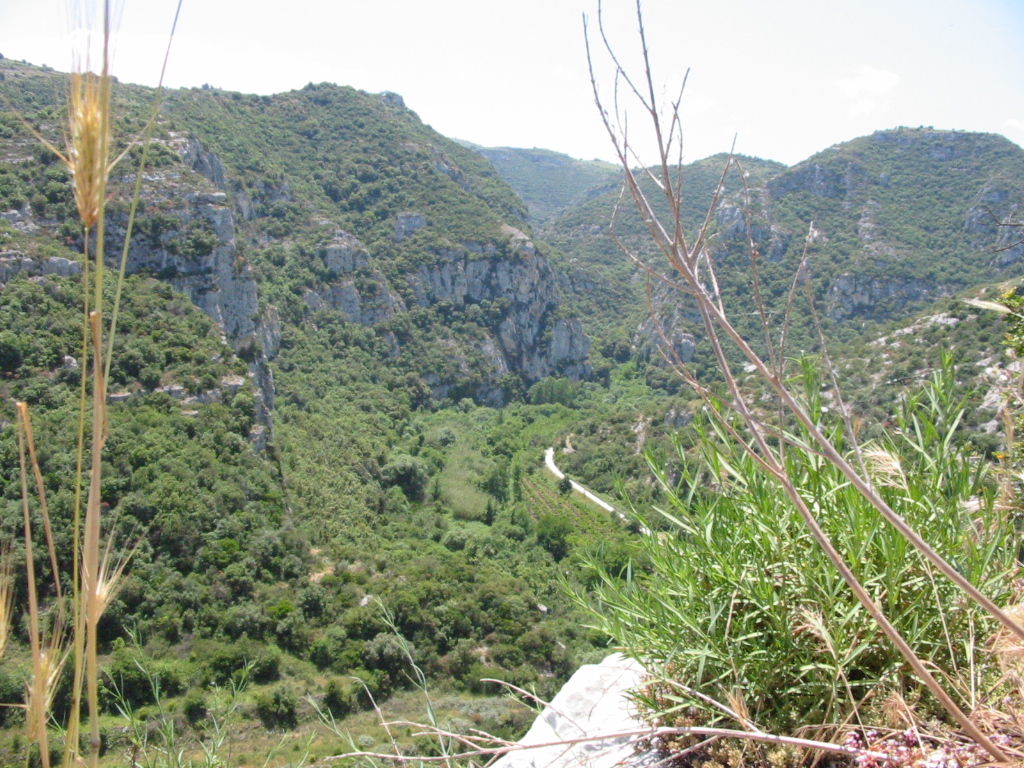
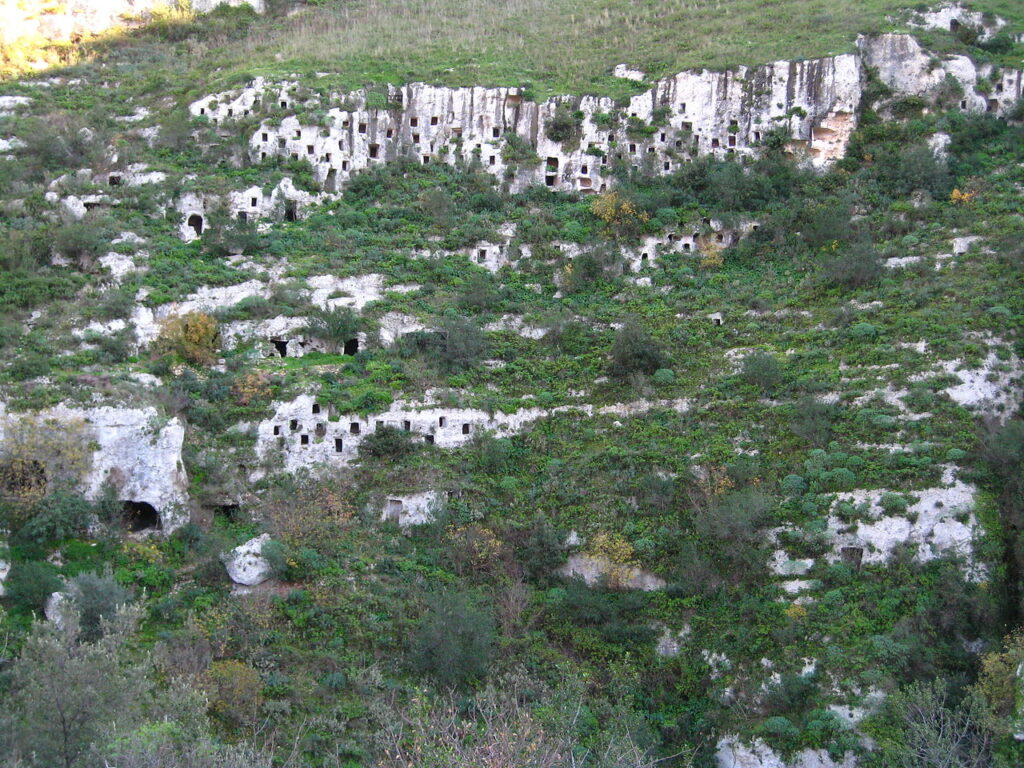
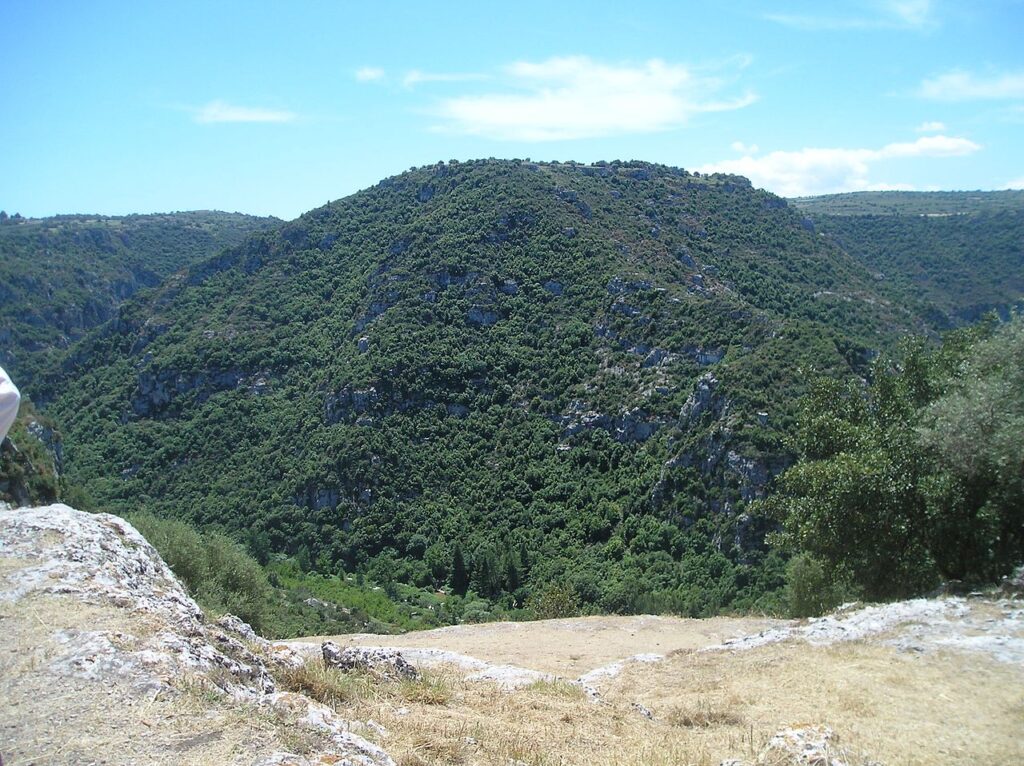
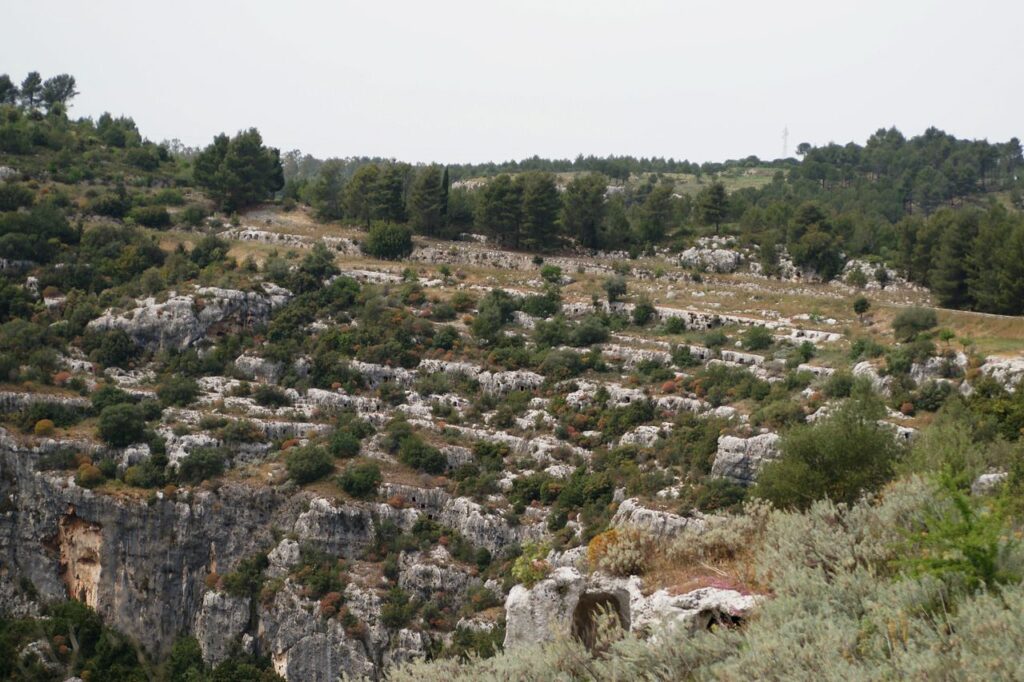
The history of Pantalica
The tombs of Pantalica date as mentioned earlier to the 14th century BC. They were dug into the rock by an ancient sculpting people who had been stationed in Sicily for a long time, the Sicans.
The Sicans in fact were very good at working with stone and made these cave tombs in many places in Sicily, as in the case of the magnificent Byzantine Village for example.
Sicans actually once lived on the Sicilian coast, where the environment was certainly less hostile. They moved to Pantalica because of the arrival in Sicily of another people, the Siculi. Here the terrified Sicans, in order to escape from the enemy, fled into the Sicilian hinterland and took refuge in places like Pantalica.
The Sicans of Pantalica apparently came from Thapsos near Prioro Gargallo (Even today it is still possible to visit the ruins of Thapsos, although they are very badly kept, so a visit is not recommended) where they had strong trade links with Greece, exactly with Mycenae. Thapsos was then razed by the Siculians, and the Sicanians took refuge in Pantalica, where they found a veritable natural fortress among canyons, rivers and impervious rocks.
Origin of the necropolis and evolution
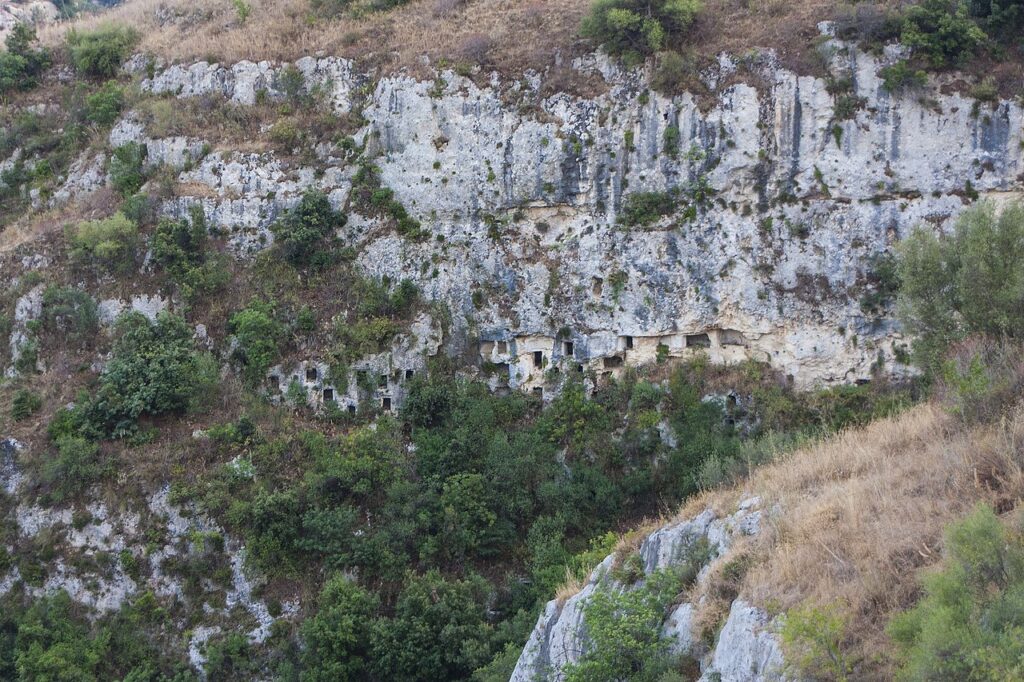
Over time the Sicans gave life to these caves, using them as a sacred place where they buried the dead. Sometimes these graves are found in inaccessible places, dug out of overhanging rocks . It is thought, therefore, that the Sicans climbed supported by ropes over these inaccessible places, so long as to allocate their loved ones a place of worthy burial.
Anyway, the Siculi then also came to Pantalica, where they coexisted with the Sicanians. They even began to make these caves in the rock as well, generally larger in size, but they were not as skilled as the Sicans, in fact the quality of the works was much poorer, so to speak.
After the Siculians here came the Greeks to Sicily. In the fourth century BC they also arrived in Pantalica and the destroyed completely . From that moment it was abandoned, the survivors took refuge in Palazzolo Acreide And Pantalica was inhabited only by peasants and shepherds . Everything remained so until the arrival of the Arabs in Sicily around the eighth century AD, therefore more than 1000 years later. The Byzantine monks to escape him they took refuge with their families in these places, transforming some caves into rock villages and churches.
Interactive map of Pantalica – The suggested tour
The places marked in yellow and purple are the suggested ones. To locate yourself once in the area, click on the enlarge symbol at the top right of the map.
This very scenic tour allows you to see the main attractions of Pantalica and is not very demanding . Alternatively, you can also take other paths, which are also very beautiful, but they are more tiring and it would be better to rely on a guide. The nature reserve is in fact very large and there is so much to see (a whole day would not be enough).
The tour is divided into two parts, the first marked in yellow and the second in purple.
First part of the tour – Yellow route
Leave the car at the point indicated with the “P”, go to visit the other points of interest marked in yellow and return by car to reach the point indicated for the second part of the tour (not far away). Total time round trip about 1 hour.
The first stop is the San Micidiario , a small Byzantine village with an adjoining church of San Micidiario, obviously all dug into the rock. Faint traces of Byzantine frescoes and Greek writings are still visible.
Proceeding to reach the small Byzantine village of San Nicolicchio , in the center of which is the oratory of San Nicolicchio, here too some traces of paintings are visible.
The last stop before going back and taking the car is the Anaktron . These are the remains of the home of Prince Sicanus, who had his palace built here. Around it were probably the dwellings of the people, which being thatched huts have now been lost.
Curiosity: The stones used for the building are not from the area. Taking into account that the Sicans had trade relations with the Mycenaeans, it is assumed that they received these stones from them, along with slaves, and under the guidance of a Mycenaean technician (The Sicans did not yet have this kind of skill) built the palace.
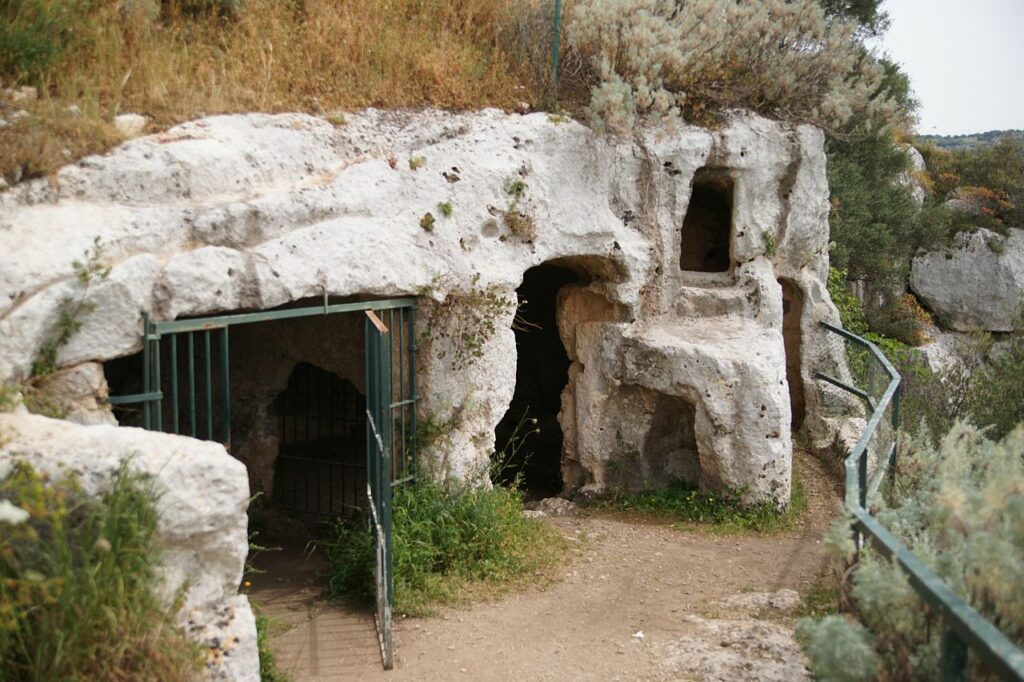
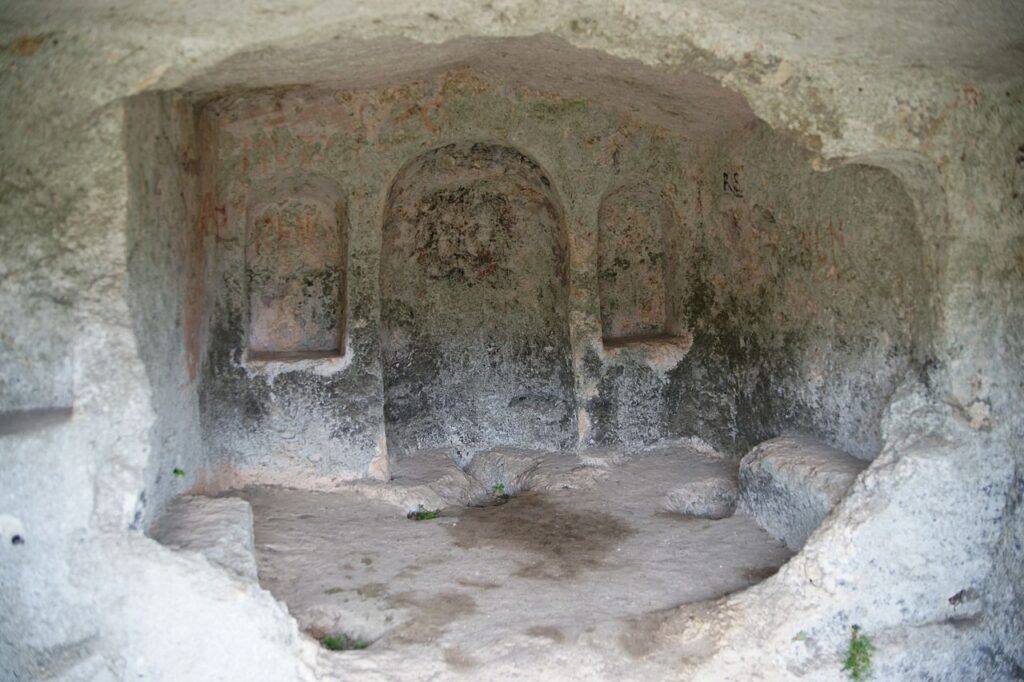
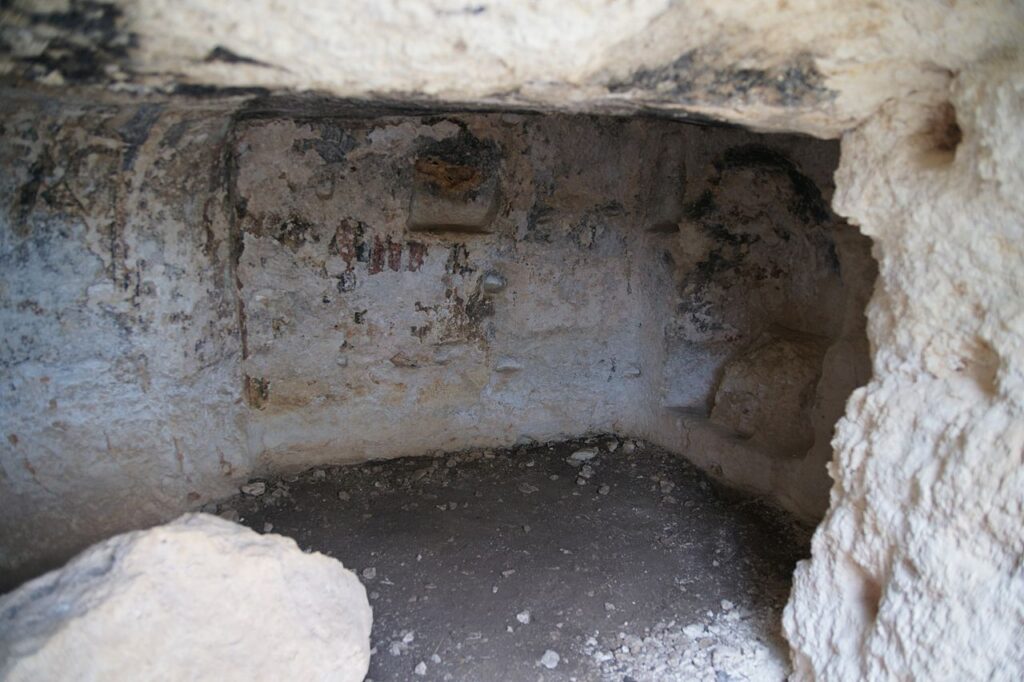
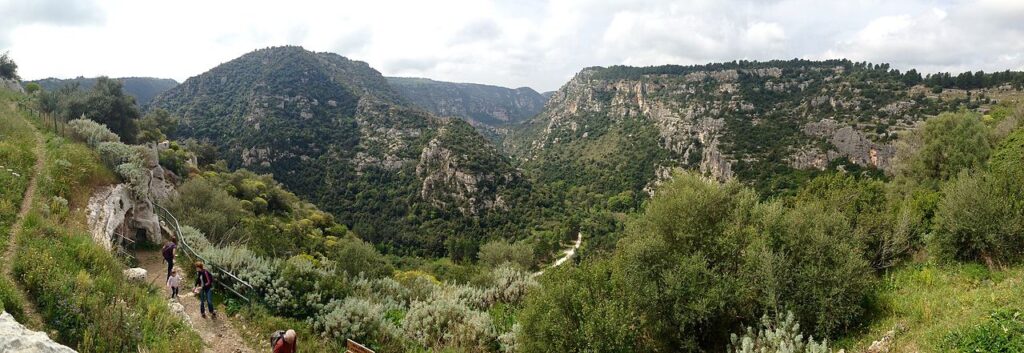
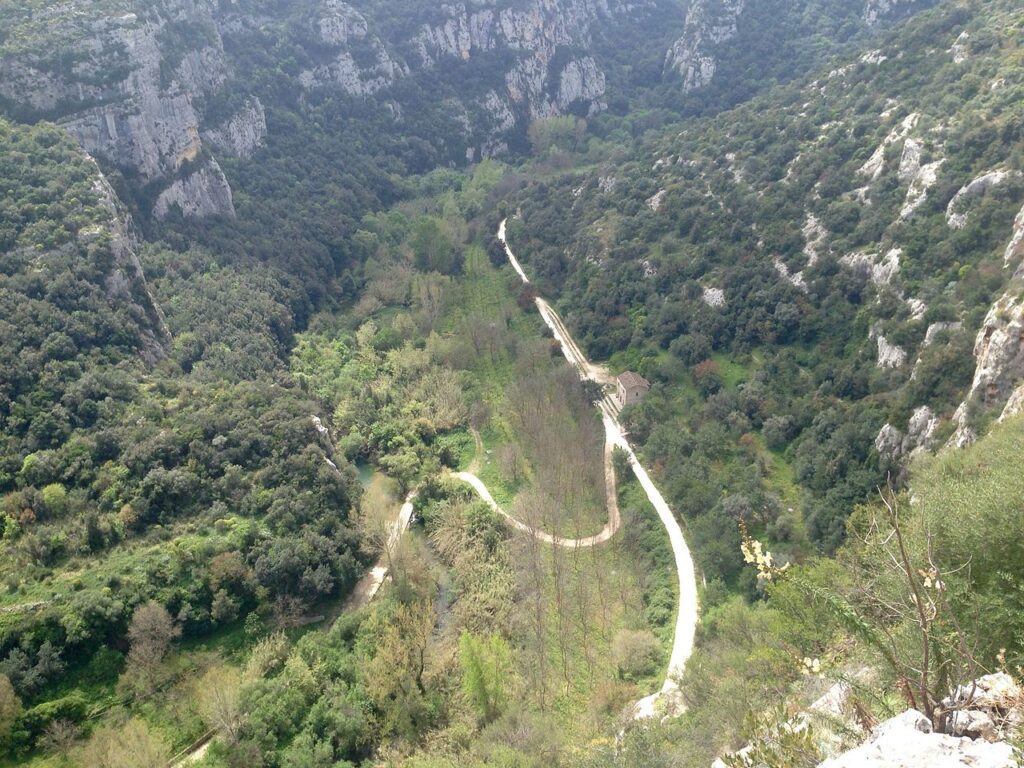
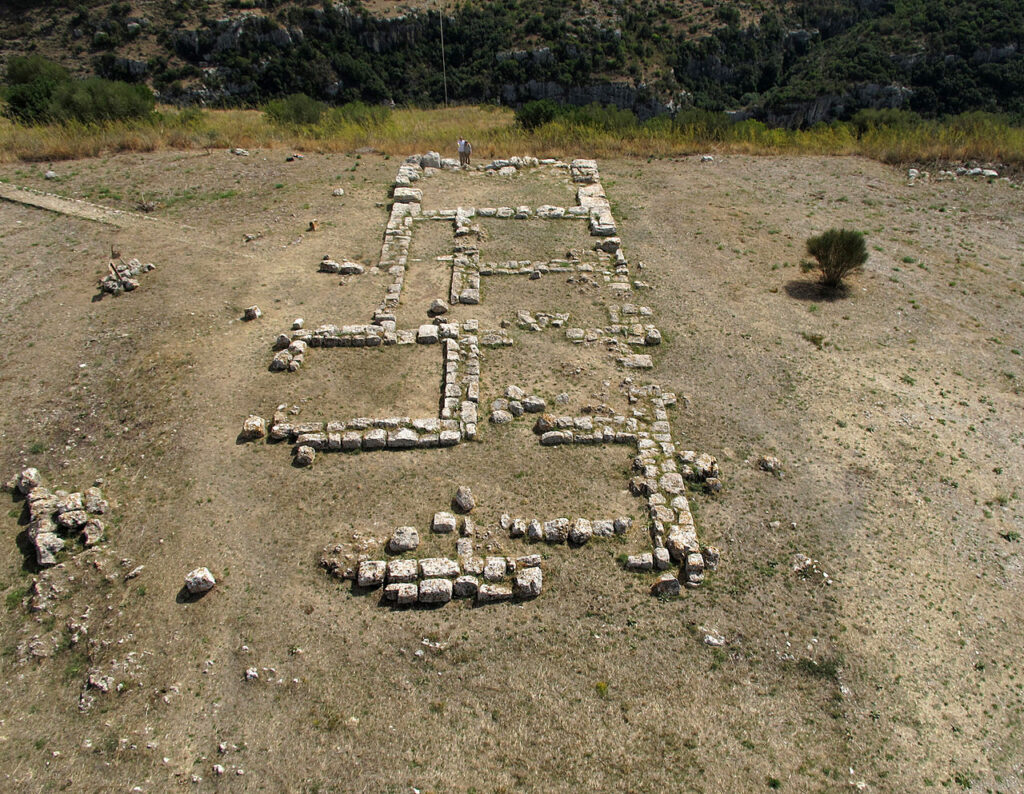
Second part of the tour – Purple route
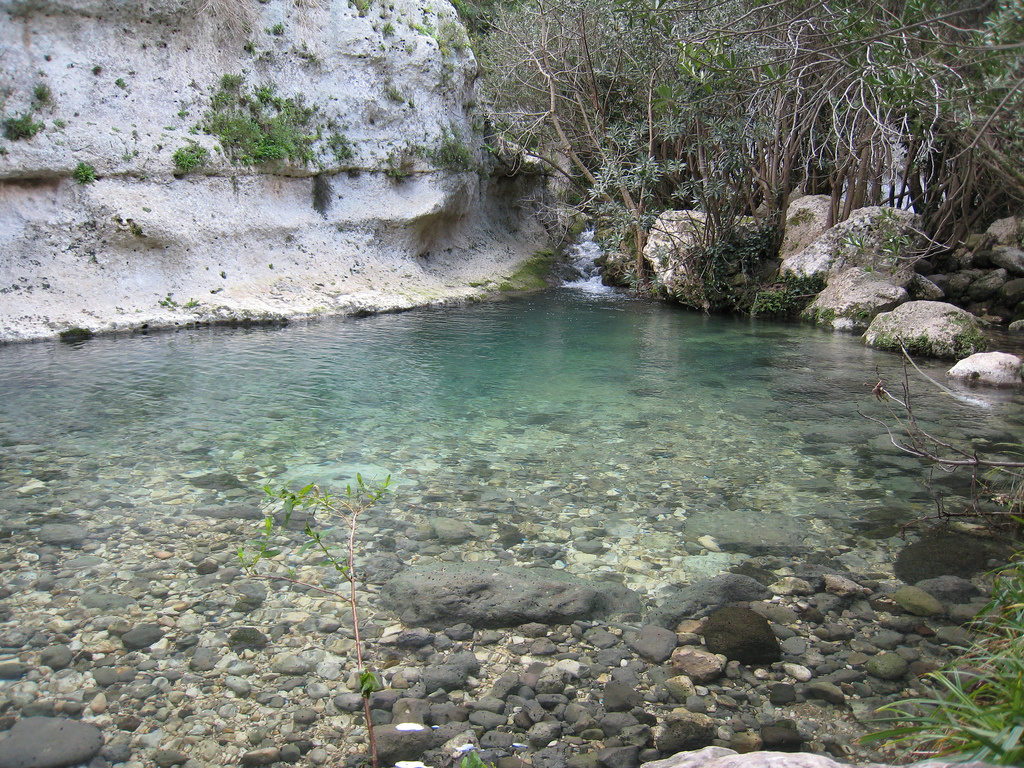
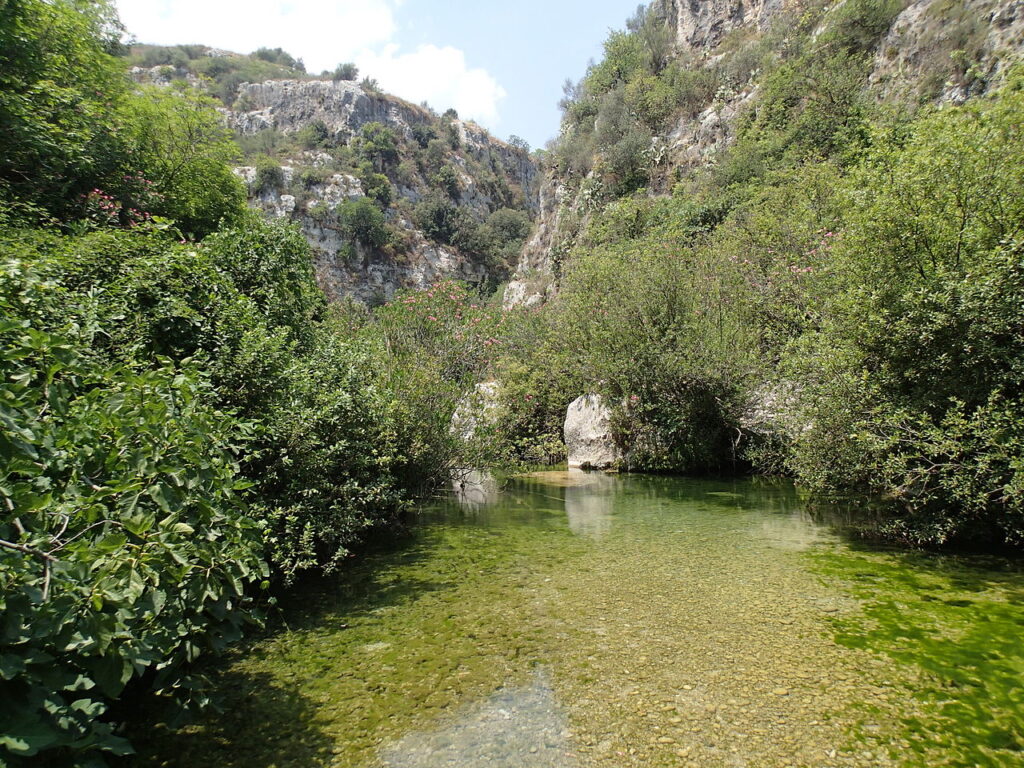
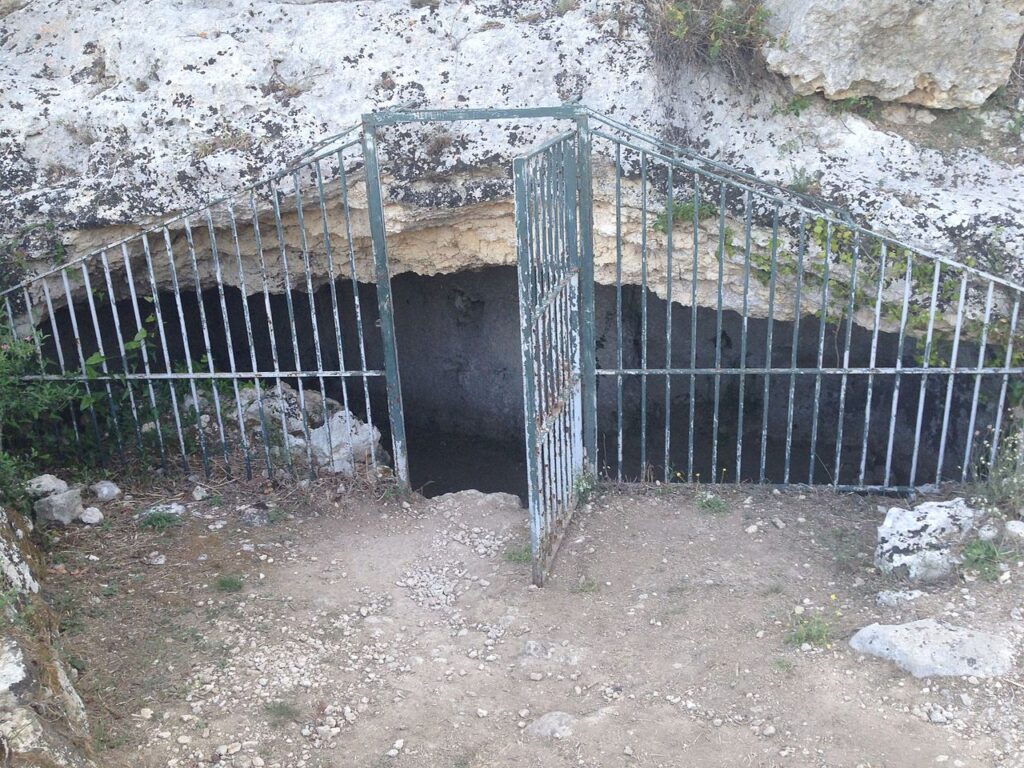
Once the first part of the tour is over, take the car back and set off for a few minutes, to the point marked with the “P” , where you park your car again. From here you can proceed on foot and visit the other points of interest marked in purple. Total time there and back about 45 minutes.
The first stop is the small Byzantine church of the Crucifix , carved into the rock and also with traces of frescoes.
Then proceed along the path that leads downstream, until you reach the river and the pond. A magical place, totally immersed in nature, with a view of the necropolis dug into the overhanging rocky ridge, which is opposite. Here the water, besides being beautifully fresh, is so clear that you can even see the seabed.
Advise: Bring some comfortable sneakers, lots of water and some sandwiches. Absolutely avoid the hottest hours.
Typical products of the Pantalica area
Pantalica is located in the province of Syracuse. If you want to discover the typical dishes of the area, here you can find an article on what to eat in Syracuse and surroundings .
Here instead you find the typical Sicilian dishes and products in general.

